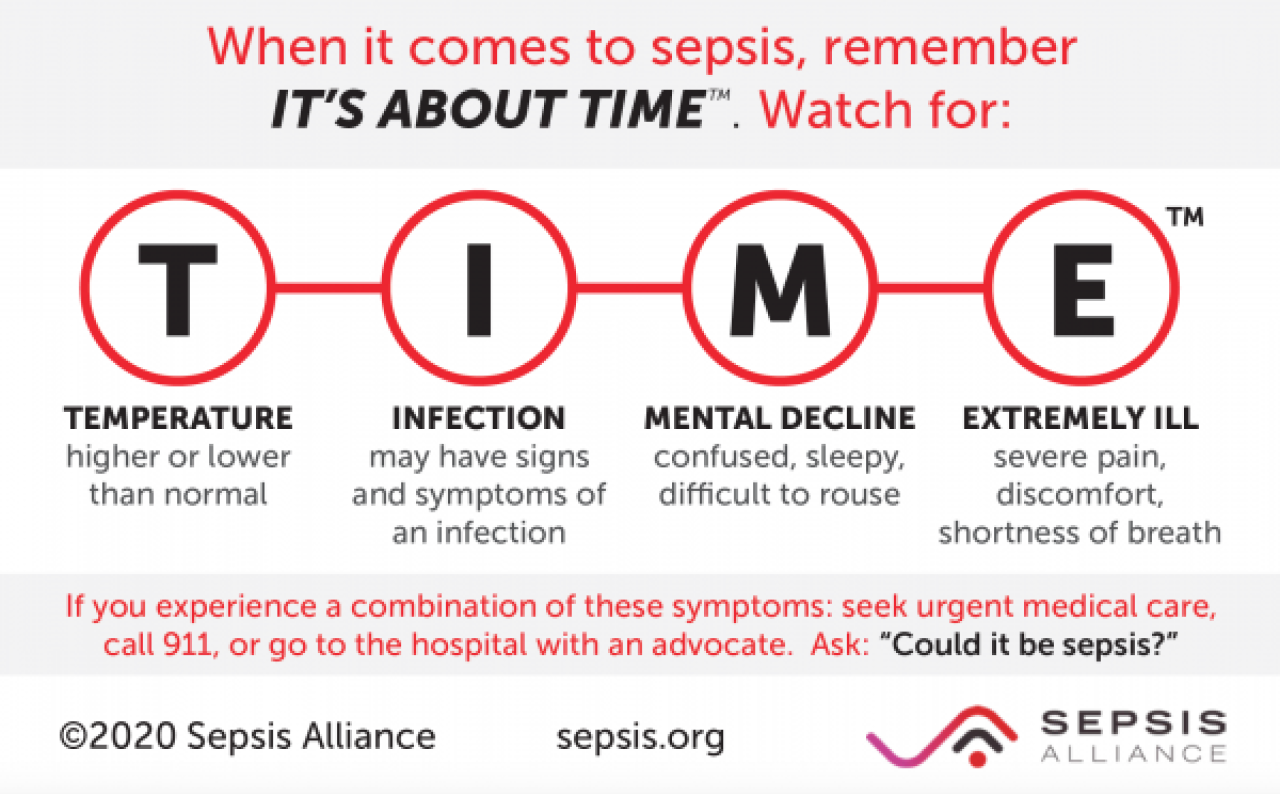Education
OHA’s clinical team offers monthly educational opportunities for member hospitals to gain insight into effective practices for recognition in treating sepsis.
Webcasts are typically held the third Wednesday of each month between 11:30 a.m. to 12:30 p.m. Recorded sessions are archived below.
Session topics and dates are subject to change. Email OHA’s Dorothy Frabott for webcast information and check out OHA’s events calendar for updated schedules.
